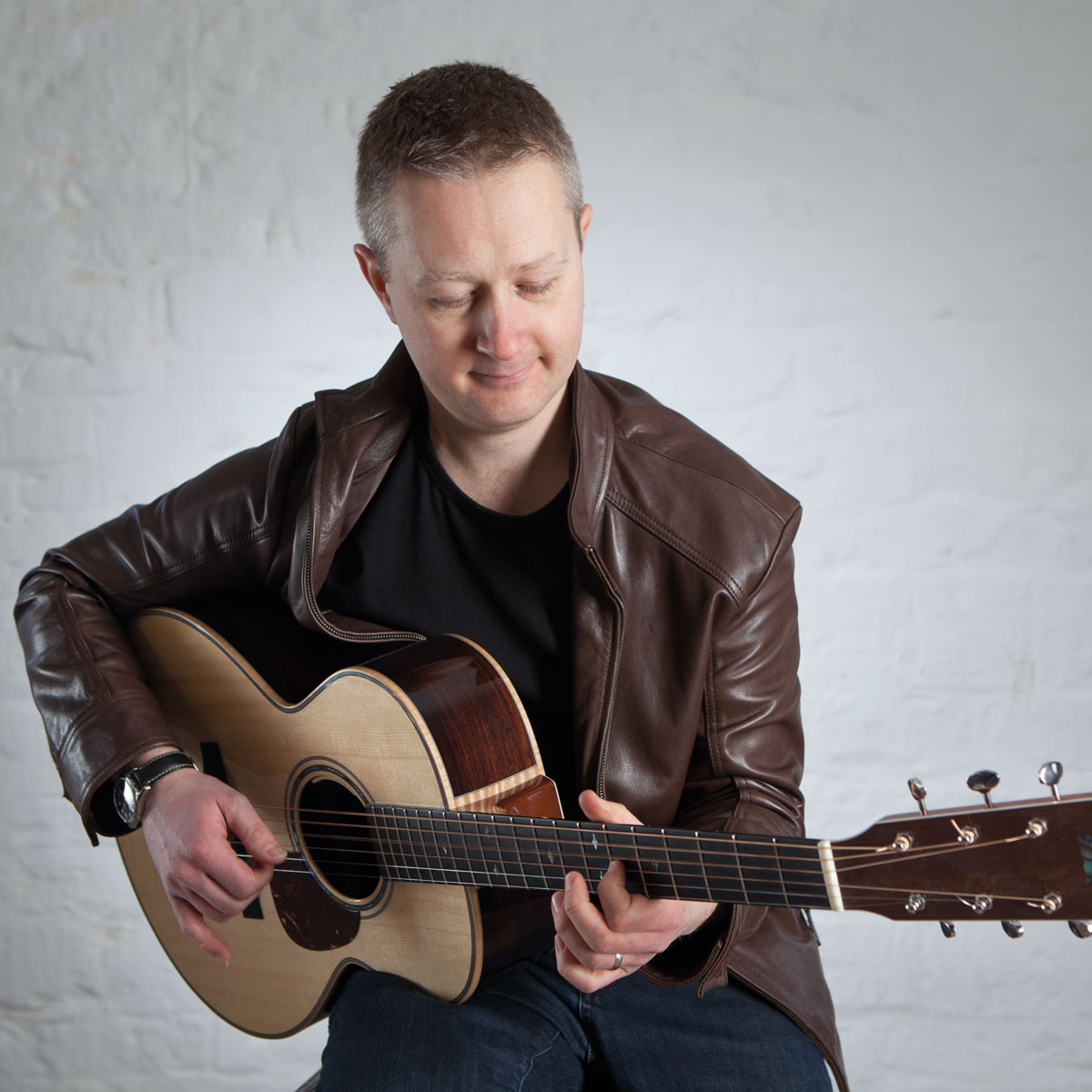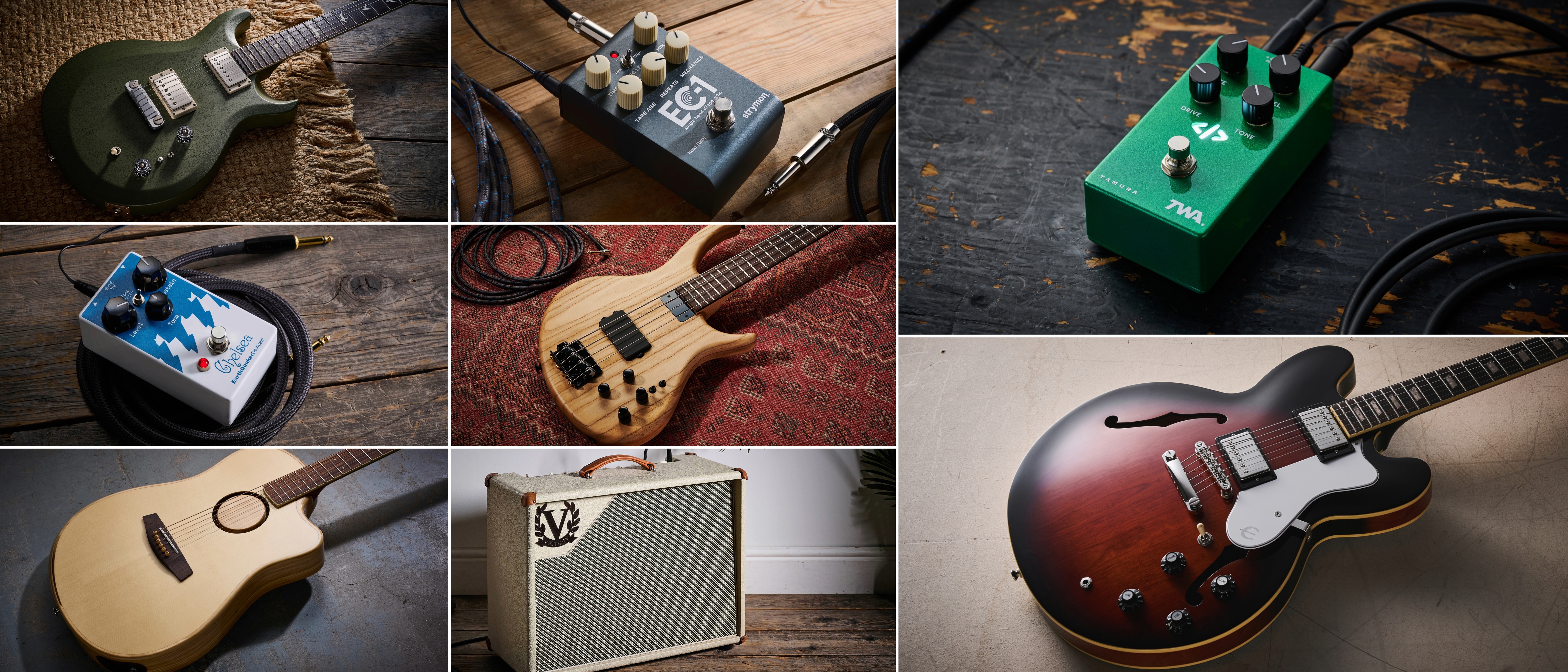“Over time, her arrangements became more creative and composed and could stand on their own as melodic instrumentals”: A pioneering protest singer, American folk legend Joan Baez draws on jazz and flamenco for her intricate picking patterns
Ever since the '60s, Joan Baez has delivered a message with her music, but she was never going to be a two-chord folkie with a bellyful of fire. Her sound takes from jazz and flamenco with picking patterns that are as good as a fingerprint

In this lesson, we are exploring the guitar style of one of the most celebrated ‘protest singers’ of America in the 1960s and beyond. A legend of the folk genre, Joan Baez was born in New York in 1941 but moved frequently as her father’s employment situation often changed.
An early interest in music saw her learning ukulele as a child and this quickly led her to guitar. Watching Pete Seeger play live in her early teens re-enforced her goal to become a singer-songwriter herself.
As a young adult in the late 1950s she found herself in Boston, where the popular folk club scene provided plenty of opportunities for Baez to hone her musical craft as both a singer-songwriter and guitarist.
Her major performance break came when she was invited to play at the Newport Folk Festival in 1959. Her success there quickly led to a recording deal and the following year saw the release of her self-titled debut album. Although she is a writer herself, her early recordings predominantly featured old ballads, gospels and blues with her original material coming to prominence from the late 1960s onwards.
Baez’s early guitar style falls into the classic folk singer-guitarist territory of cleanly fingerpicked chords with melodic ideas interwoven into the underlying harmony. However, as she started to work with other musicians her ideas became more sophisticated than the typical open chord picking of the protest singer.
This piece examines her mid-1970s style where you’ll find jazzy chord voicings and even some angular dissonance. Baez has a strong Spanish heritage and you can hear this influence in her playing. Anyone who has learned the Spanish classic Romanza will recognise the influence of the picking patterns on the higher strings here.
Listen to one of her most famous originals, like the autobiographical Diamonds and Rust about her past boyfriend Bob Dylan, and you can hear a dark, almost flamenco influence within the melodies and chords that she performs on the guitar within this track.
All the latest guitar news, interviews, lessons, reviews, deals and more, direct to your inbox!
Whereas many of the folk singer-songwriters would often create very basic guitar parts to accompany their vocals, with Baez you get the sense that over time her arrangements became more creative and composed and could even stand on their own as melodic instrumental pieces.
If you are new to Joan Baez or the 1960s protest movement guitarists in general, it’s well worth checking out these acoustic styles and approaches.
While Dylan and Paul Simon are the names that you may most associate with the American 60s folk sound, artists like Joan Baez have much to offer to anyone embarking on an acoustic guitar journey and provide more of a challenge to the fretting and picking hands.
Study Piece
[Bars 1-16] Baez often breaks out of the open position to create parts on the third, second and first strings. The arpeggiated triads that open this piece are a hallmark of her style and show the sort of approach that Baez takes to adding melodic interest.
She’ll also use ascending and descending scale ideas like the passage in the bar 8 which moves down the E minor scale.
This whole opening sequence hints at the dark melodic Spanish/flamenco sound that is underlying in some of Baez’s writing. However, this then contrasts with the softer major 7 voicings that follow.
[Bars 17-32] From bar 19 there’s another passage on the third, second and first strings. Use a traditional pima approach here so the thumb takes care of the sixth string while the first, second and third fingers play the third, second and first strings respectively.
The Fmaj7 in bar 27 is not in this key (E minor/G major), but it’s a useful passing chord that highlights the more sophisticated style of songwriting that refuses to follow the I-IV- V route.
Stuart Ryan is best known for his acoustic guitar playing, from Celtic fingerpicking and traditional folk to modern percussive phrasing and fresh interpretations of popular pieces. He has released several solo albums, written pieces for UK examination boards and created nine tutorial books ranging from acoustic guitar arrangements to Americana styles.

